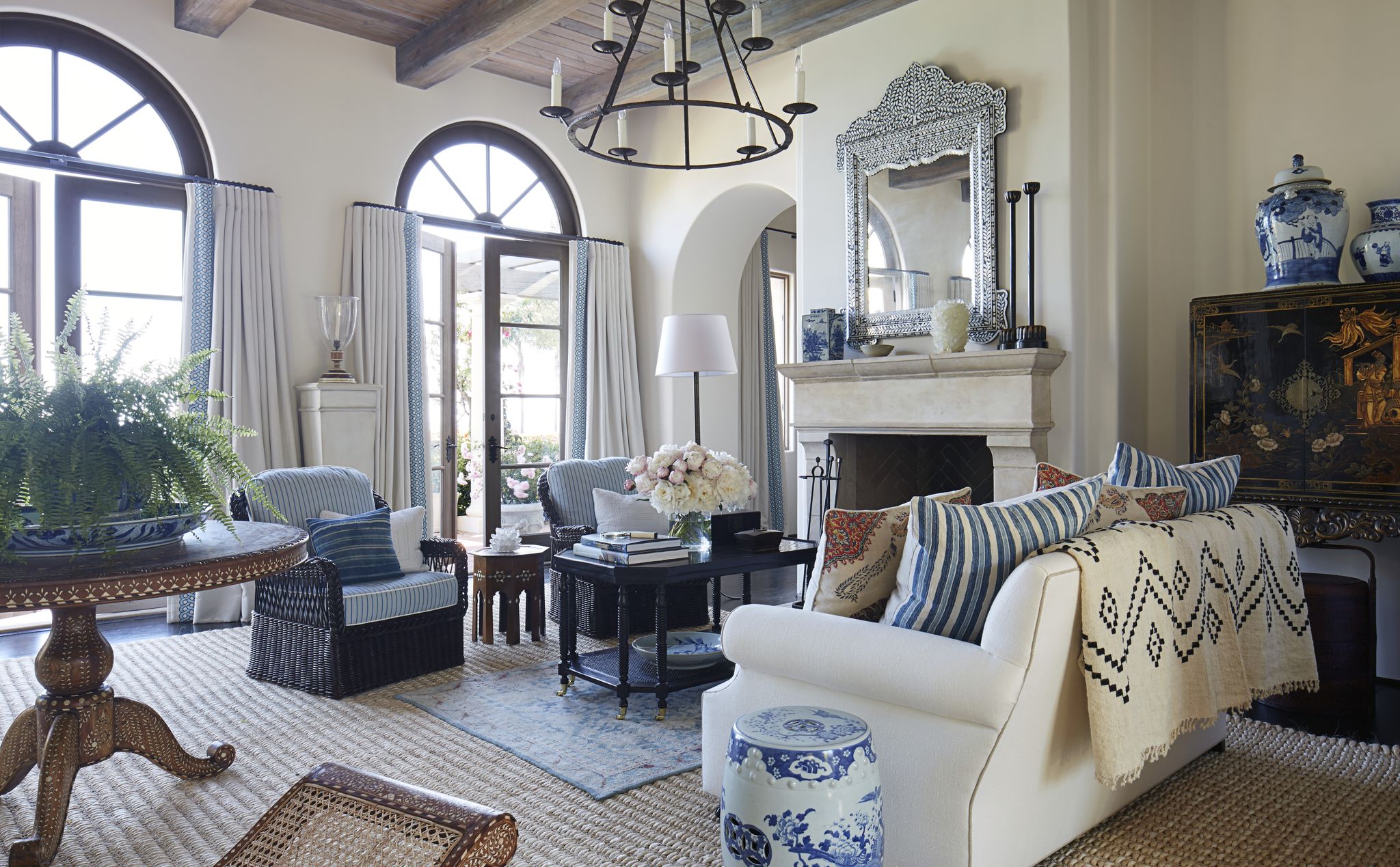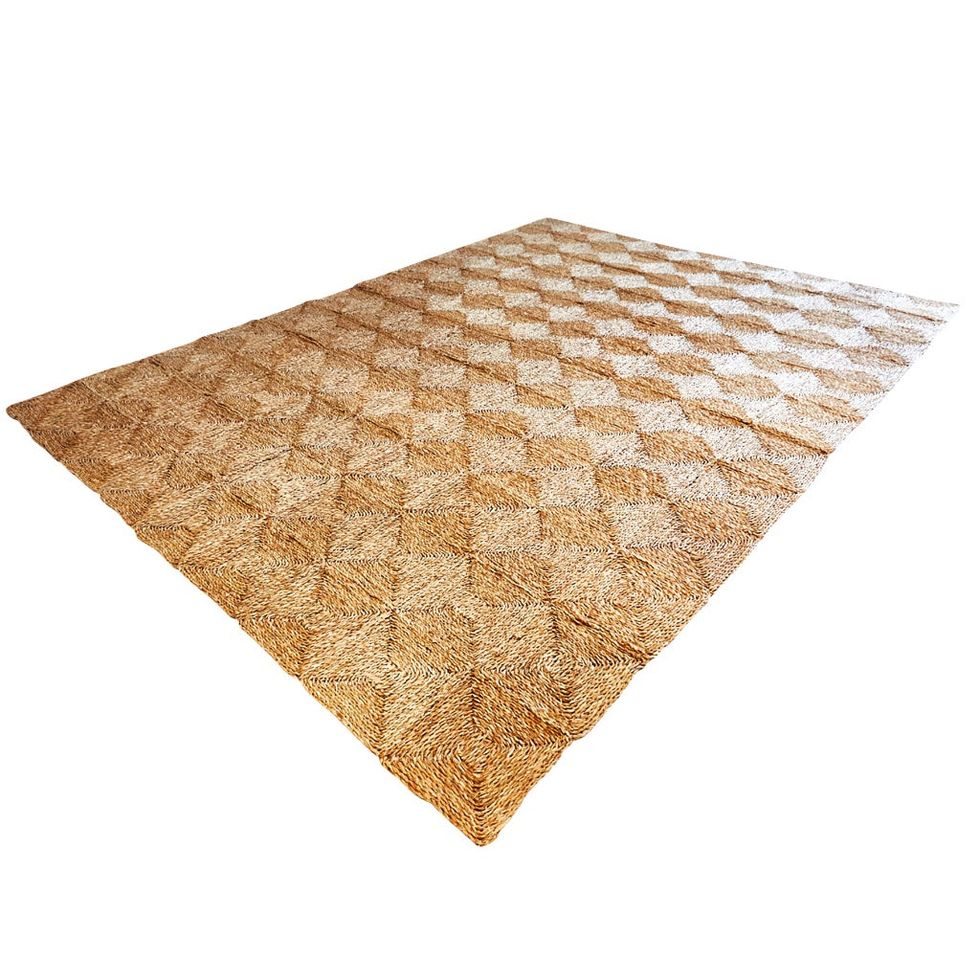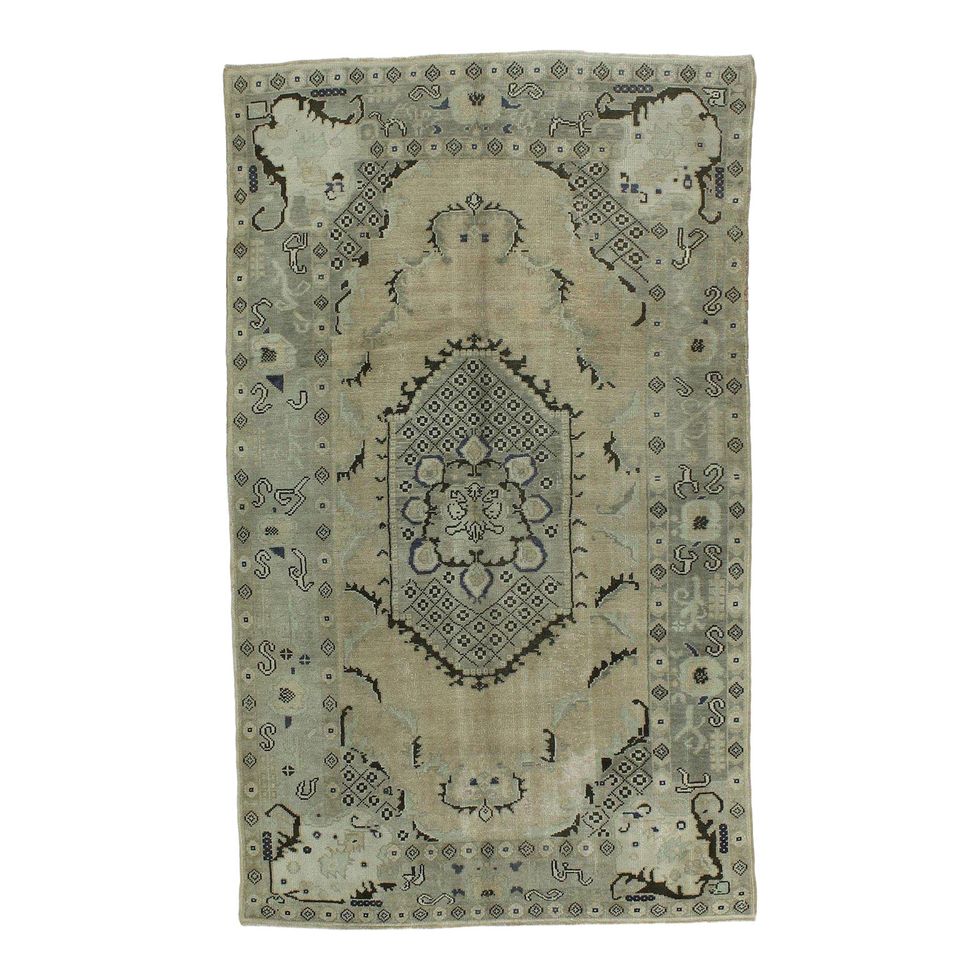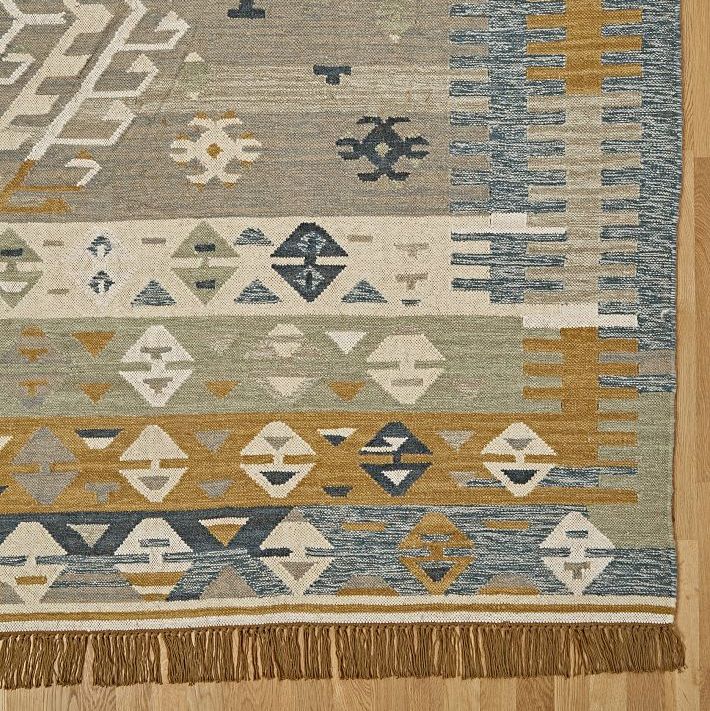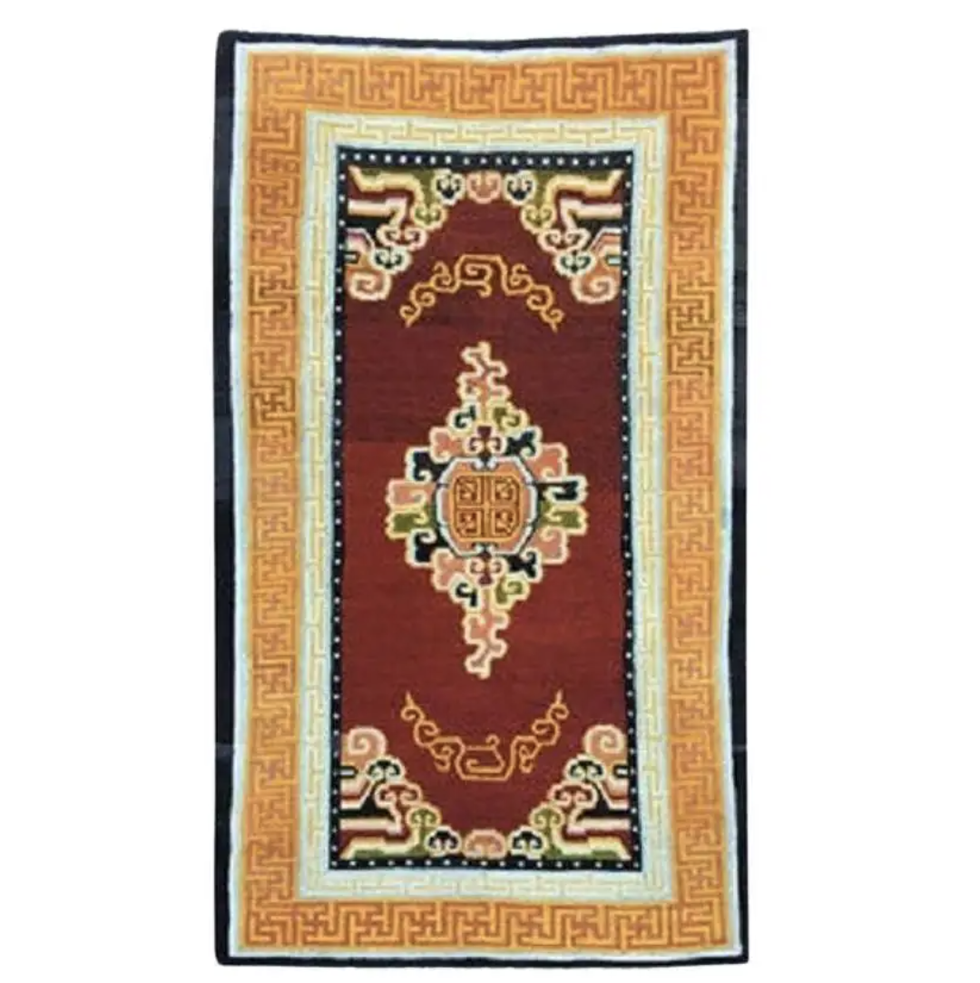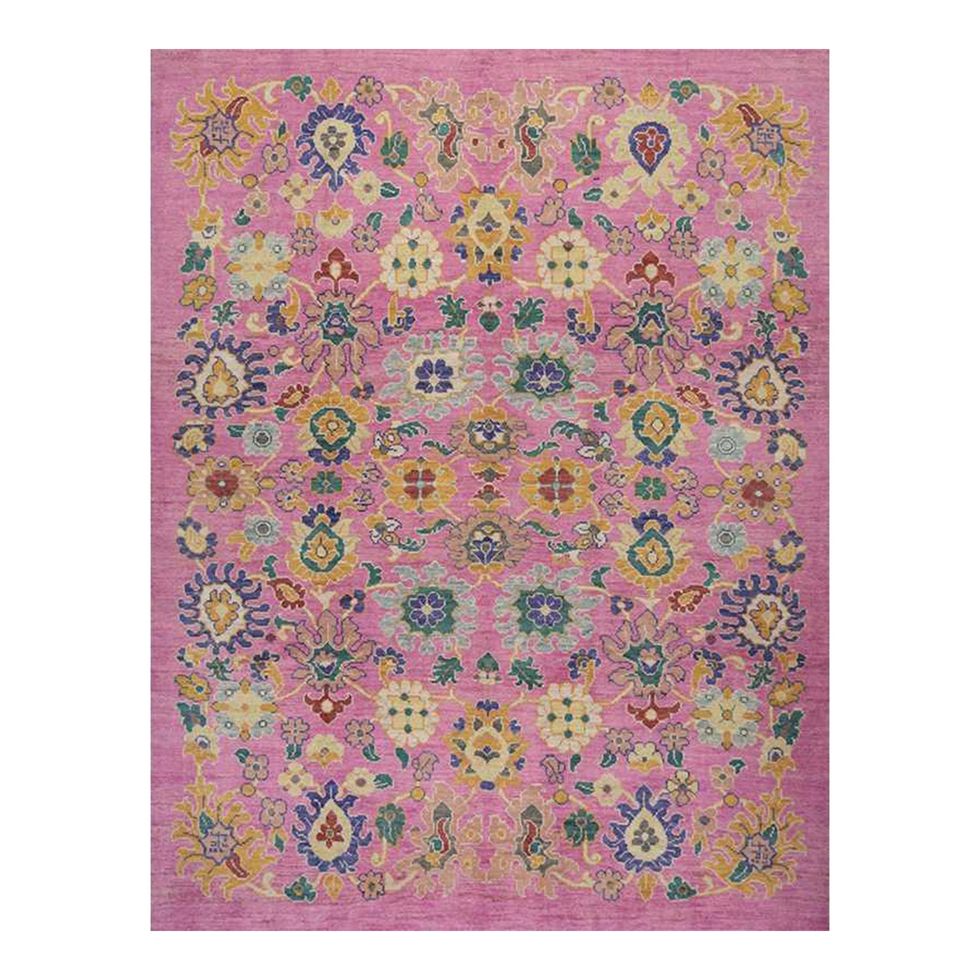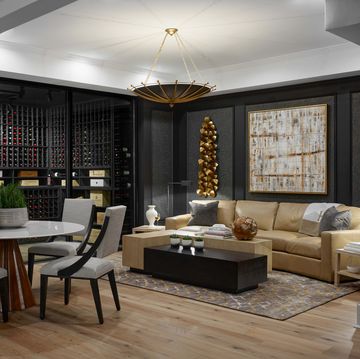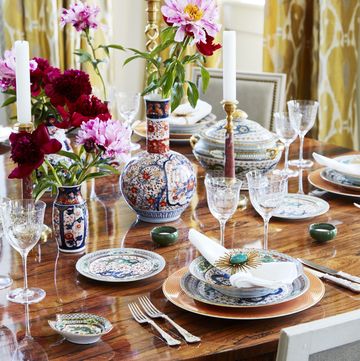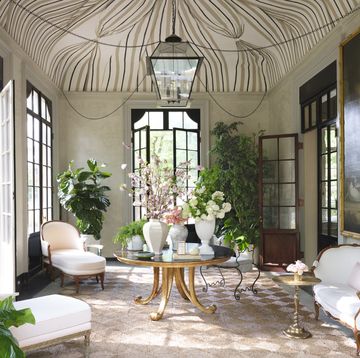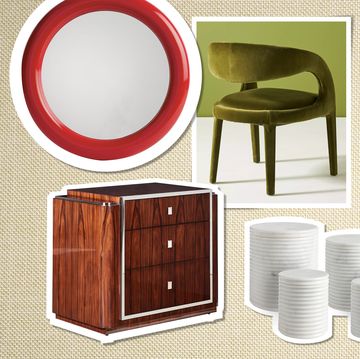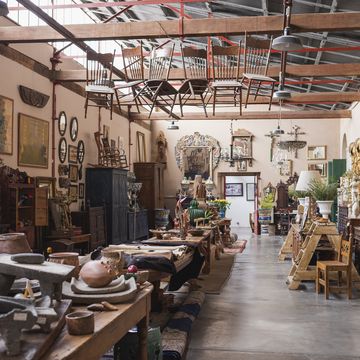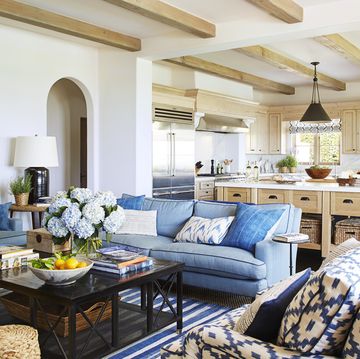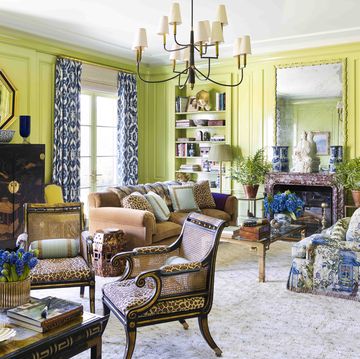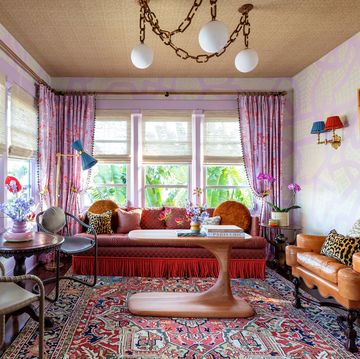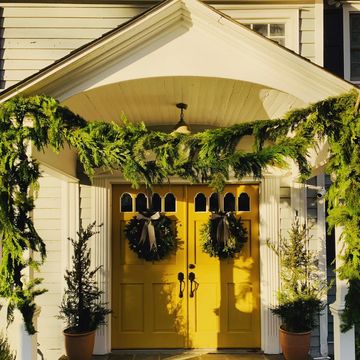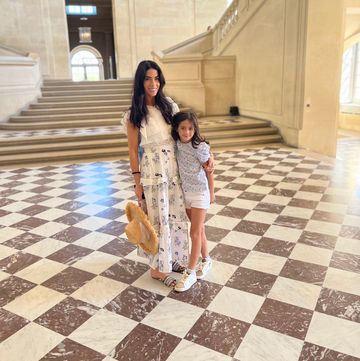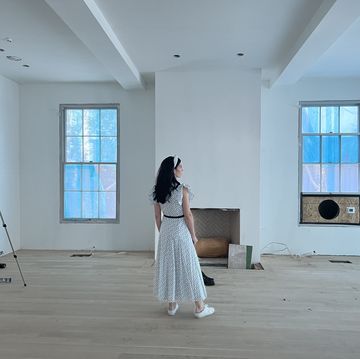There’s just something about layered rugs that makes a house feel like a home. Not only does it help bring in additional colors and textures and make the space feel cozier, but layering your rugs can also help in a more practical sense.
“Aside from adding interest and even helping your room look larger, laying rugs can be a great tactic to add to your arsenal if you have an antique or expensive rug you want to use in a space, but that space is too big for it,” says Cheri Etchelecu Martin, designer and founder of Cheri Etchelecu Interior Design. “I also love adding in a smaller patterned rug over a neutral, so you get a pop of pattern without overwhelming the space.”
There are some rules to be aware of if you’re trying to master the layered rug look—if you go too far, you may end up with a chaotic mess instead of the collected, chic vibe you're going for. Thankfully, we tapped the experts who do this for a living to give us the dos and don'ts when it comes to rug layering. Here’s what to keep in mind.
More From Veranda
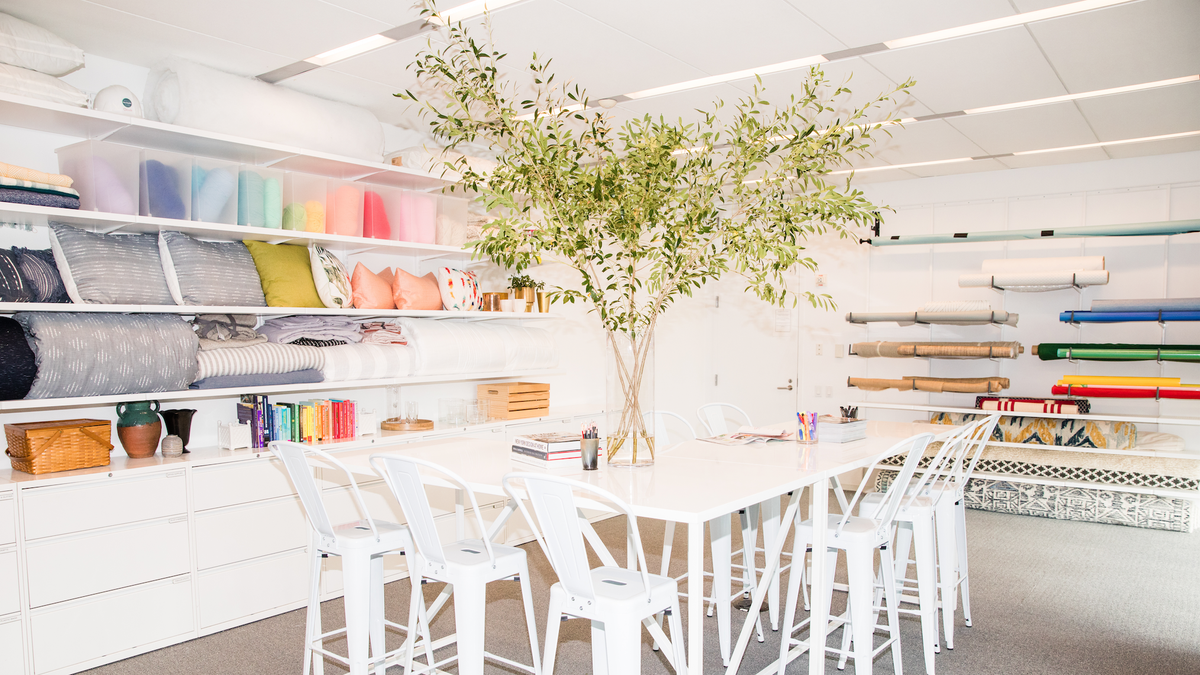
How to Layer Rugs the Right Way, According to Designers
Rule 1: Keep your base neutral.
“I personally think that even when you’re layering several rugs on top of each other, the base should stay neutral,” says designer Bethany Adams of Bethany Adams Interiors. “In general, I will use a neutral, flat weave rug like sisal, jute, or woven wool as my large underlayment, and then layer a vintage rug with a fantastic pattern on top.”
The reason for this is so that the spotlighted, smaller rug can really stand on its own, and it’s ideal for people who want to bring attention to a luxe or vintage rug that simply isn’t big enough to cover the entire space needed. “This also prevents overwhelm if the rug that you’ve decided to spotlight is very busy in pattern or color,” adds Adams. “A neutral base serves as the perfect complement.”
Rule 2: Don’t layer rugs that are too similar in size.
“One of the biggest mistakes I find people making when they layer rugs is that the ones they pick are too close in size,” says interior designer Avery Cox of Avery Cox Design. When you do that, you lose the decorative effect that layering rugs can bring, because the rugs don’t stand out from one another enough.
“I suggest making sure that you have a healthy margin around the more decorative rug,” says Cox, referencing what she calls the “golden ratio.” In this case, the top rug shouldn’t be more than about two-thirds of the area of the bottom one,” she adds. “And don’t go too small, either: Nothing diminishes a room design more than a postage stamp rug!”
Rule 3: Thickness matters.
“If you have multiple thick rugs on top of one another, they’ll start looking poofy and even create a tripping hazard,” says Etchelecu Martin. “They can create an unsightly bulge and even slip around, which is why adding a rug pad beneath is also crucial.”
One easy way to avoid this issue, however, is to stick to rugs that are half an inch thick or less, so that layering them won’t cause unsightly bulges or accidents. Another tip is to consider the furniture that’s going to be placed on top of the rug: Rolling around an office chair on a super thick rug is probably not the way to go.
Rule 4: Texture has no rules.
While most people worry that mixing colors can go heavily wrong, luckily, designers say that doesn’t apply when it comes to texture. “I would say you should be entirely open to mixing textures,” says designer Lorna Gross of Lorna Gross Interior Design. “For example, a hair-on-hide rug can be coupled with a traditional wool rug. My personal favorite combination is using an under layer of a large, natural hemp or sisal rug with a striking, modern Tibetan rug on top.”
Another fun perk of adding an extra layer is that you can then play with tone-on-tone color (multiple shades of blues in different textures, or even the same hue, for instance), and it’ll still look strikingly different because of the mix of textures—especially if you experiment with various feels. As a bonus, it’ll also add depth and comfort to your space.
Rule 5: For pattern on pattern, color matters.
If you looked at the first tip and rolled your eyes (a true maximalist at heart!), you should know that you can also layer multiple patterns if you so choose. In this case, you should be mindful of the colors used within those patterns to prevent your look from getting too busy.
“Pick one color that’ll tie the whole theme together,” says designer Mary Beth Wagner of Mary Beth Wagner Interiors. For example, if your top rug has hints of blue and orange, choose one shade and make sure your lower patterned rug also contains that same color, so they play off each other and look intentional. “Generally, the rugs should complement one another rather than compete,” adds Gross. “I love the approach of selecting a bottom rug that has a subtle or small-scale pattern and layering a more artistic or bold rug on top for interest.”
“Another thing you need to keep in mind with multiple patterned rugs is shapes, too—you want to make sure they’re similar,” explains Beth Wagner. “For instance, I wouldn’t layer a rectangular oushak over an oval-shaped sisal.”

